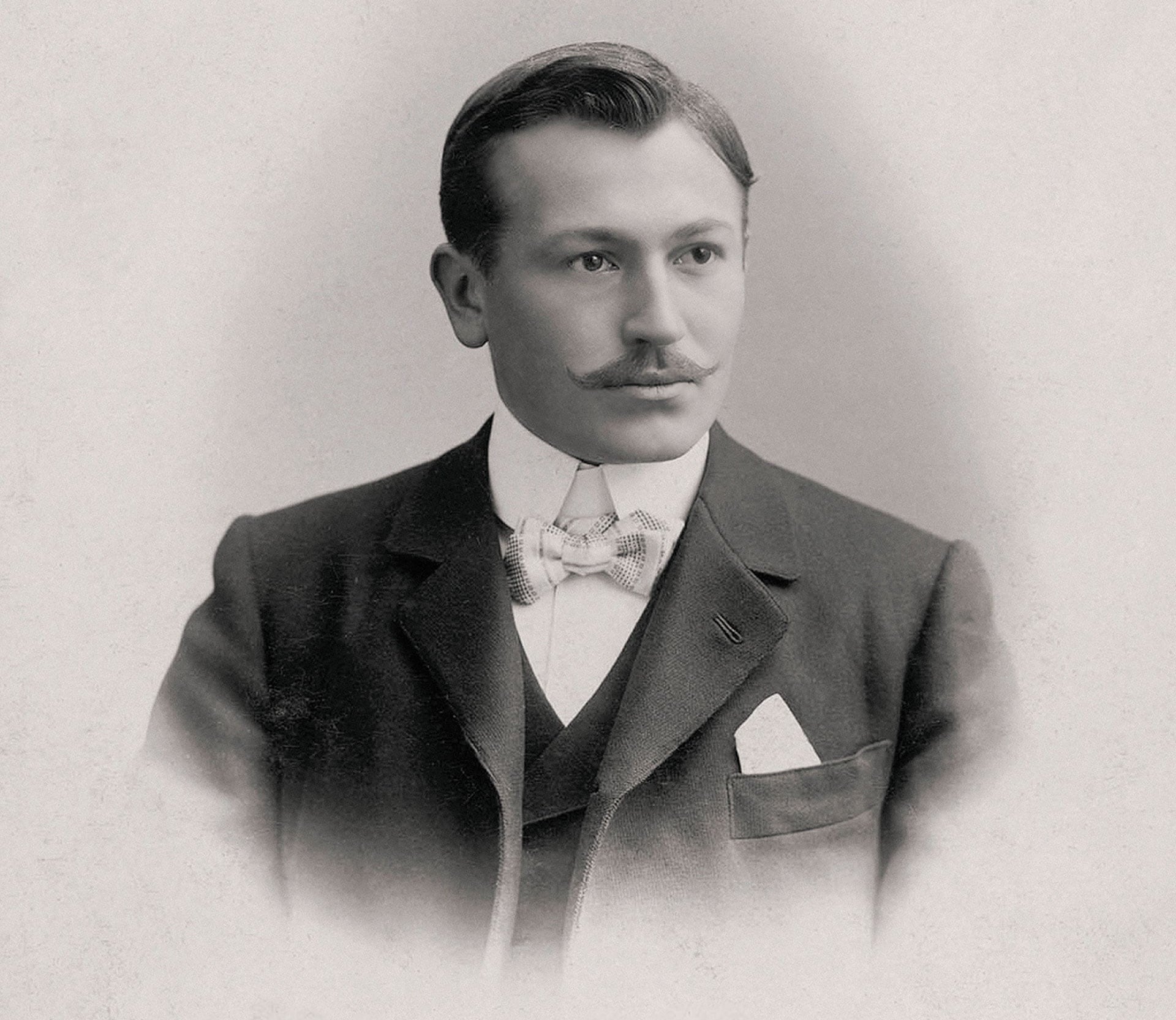Driven by an insatiable passion for horology and a keen eye for innovation, Hans Wilsdorf’s journey led him to establish Rolex in 1905, forever altering the landscape of the watchmaking industry. His visionary approach not only revolutionized watchmaking technologies but also set new standards for branding, marketing, and global business strategies in the luxury watch market. Join us as we explore the extraordinary life and achievements of Hans Wilsdorf, the pioneering force behind some of the most iconic timepieces the world has ever known.
<>
<>
Made for Greatness
Expanding on the early life of Hans Wilsdorf, his path to greatness was shaped by a series of formative experiences and a relentless pursuit of innovation in watchmaking. Born in Kulmbach, Bavaria, in 1881, Wilsdorf faced adversity early in life, losing both parents by the age of 12. This early loss forged a resilience and independence in him that would define his career.
Moving to Switzerland at the age of 19, Wilsdorf began working for a pearl distributor, a role that, while unrelated to horology, introduced him to the complexities of international trade and business management. However, his passion for watches soon led him to a position at a watch export company in La Chaux-de-Fonds, the heart of the Swiss watchmaking industry. It was here that Wilsdorf’s fascination with precision and mechanical innovation took root.
<>
Despite his lack of formal education in watchmaking, Wilsdorf was a quick learner and displayed an innate understanding of the technical and aesthetic aspects of the craft. He was particularly interested in the potential of wristwatches, which at the time were not widely accepted due to their perceived lack of accuracy compared to pocket watches. Wilsdorf envisioned a wristwatch that was not only accurate and reliable but also elegant and suitable for any occasion.
His determination to overcome the technical challenges associated with early wristwatches led him to seek innovative solutions, such as the use of smaller, more precise movements that could fit into a wristwatch format without sacrificing performance. Wilsdorf’s early experiences and insights into the watchmaking industry provided a solid foundation for his future endeavors, setting the stage for the establishment of Rolex.
<>
The Founding of Rolex
By the time Wilsdorf founded Rolex in 1905, he had already developed a clear vision for the brand: to create watches that were not just timekeeping devices but symbols of precision, reliability, and elegance. His approach to overcoming the early skepticism toward wristwatches involved relentless innovation, rigorous quality control, and a keen sense of the evolving needs and preferences of his customers.
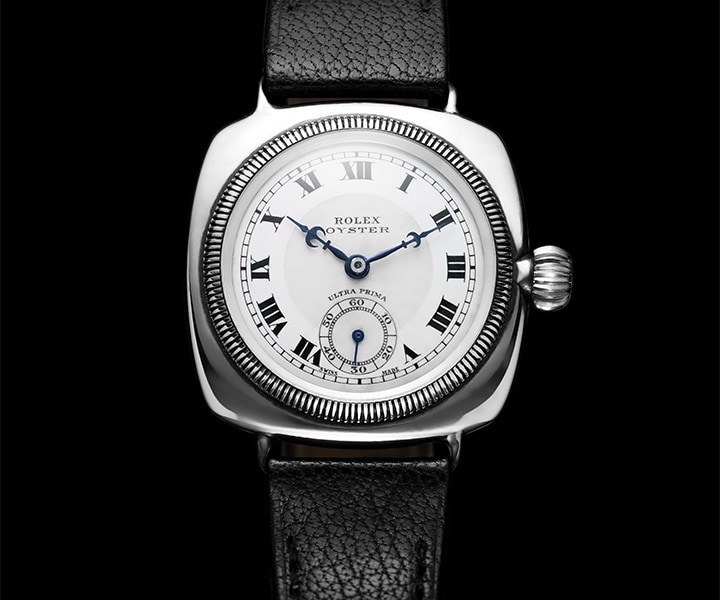
In 1905, together with Alfred Davis, he founded Wilsdorf & Davis in London, with the goal of creating high-quality timepieces at affordable prices. It wasn’t until 1908 that the company was renamed Rolex, in his quest for a short, memorable name that could be easily pronounced in any language.
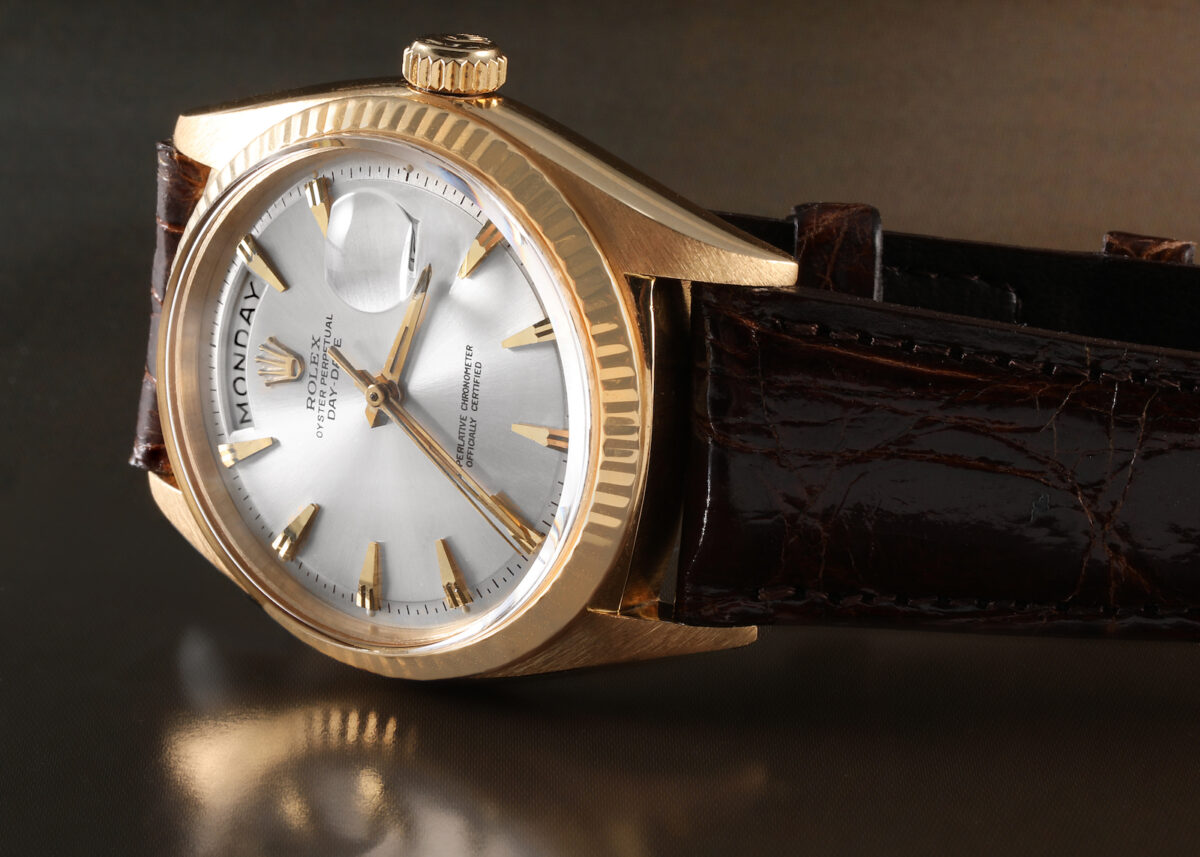
This visionary move spurred by his belief in the untapped potential of the wristwatch. At a time when pocket watches dominated, Wilsdorf foresaw the practicality and appeal of wristwatches, especially for activities where hands-free timekeeping was essential. His vision was clear: to create watches that were reliable, accurate, and elegant.
Wilsdorf’s introduction of the Rolex brand marked a significant milestone in the watchmaking industry. He focused on innovation and quality, aiming to overcome the common shortcomings of wristwatches at the time. His efforts led to Rolex quickly becoming synonymous with precision and durability, setting new standards for the industry.
<>
Innovations and Achievements
Hans Wilsdorf’s contributions to watchmaking technology were groundbreaking. Under his leadership, Rolexachieved numerous notable milestones.
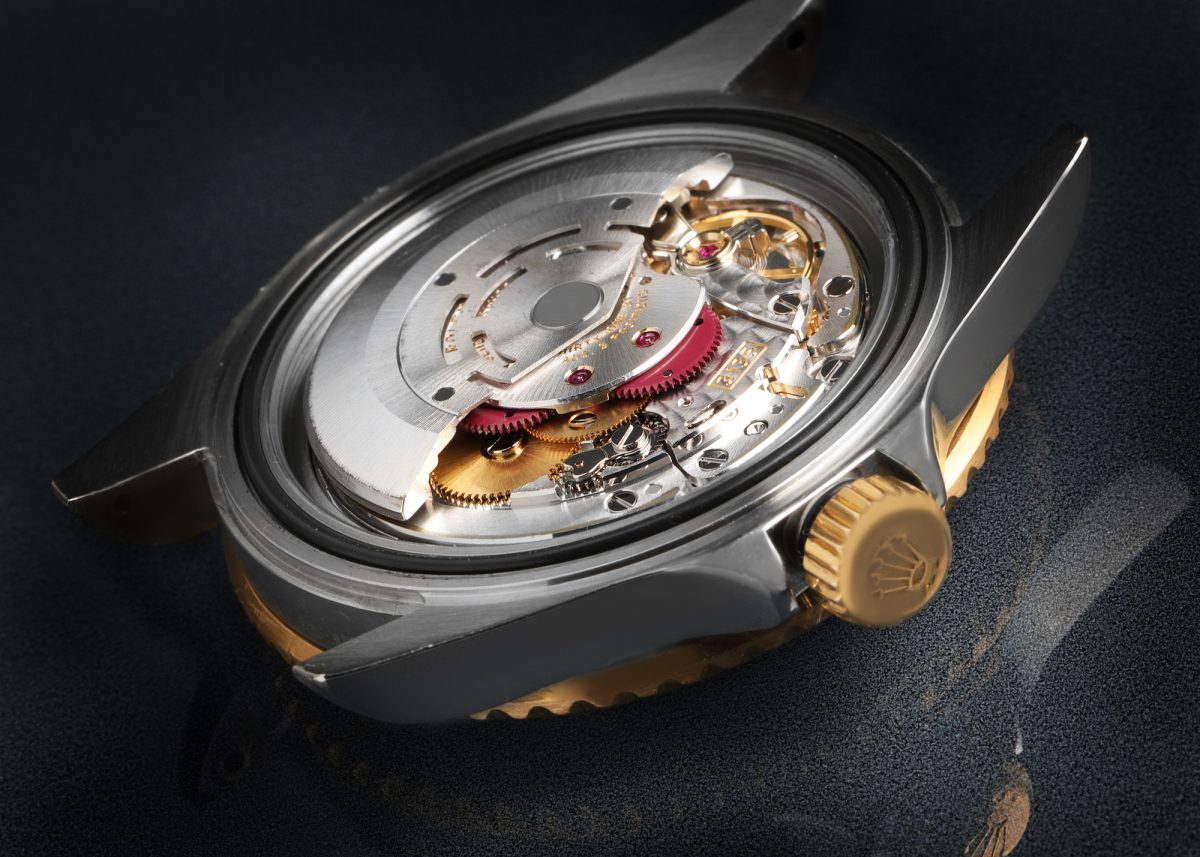
The Perpetual Movement: In 1931, Rolex introduced the world’s first self-winding mechanism with a perpetual rotor. This innovation made manual winding unnecessary, significantly enhancing the convenience and accuracy of wristwatches.
The Oyster Case: In 1926, Wilsdorf developed the first waterproof wristwatch case, dubbed the Oyster. This was a monumental achievement that protected the watch’s movement from water and dust, greatly improving its durability and reliability.
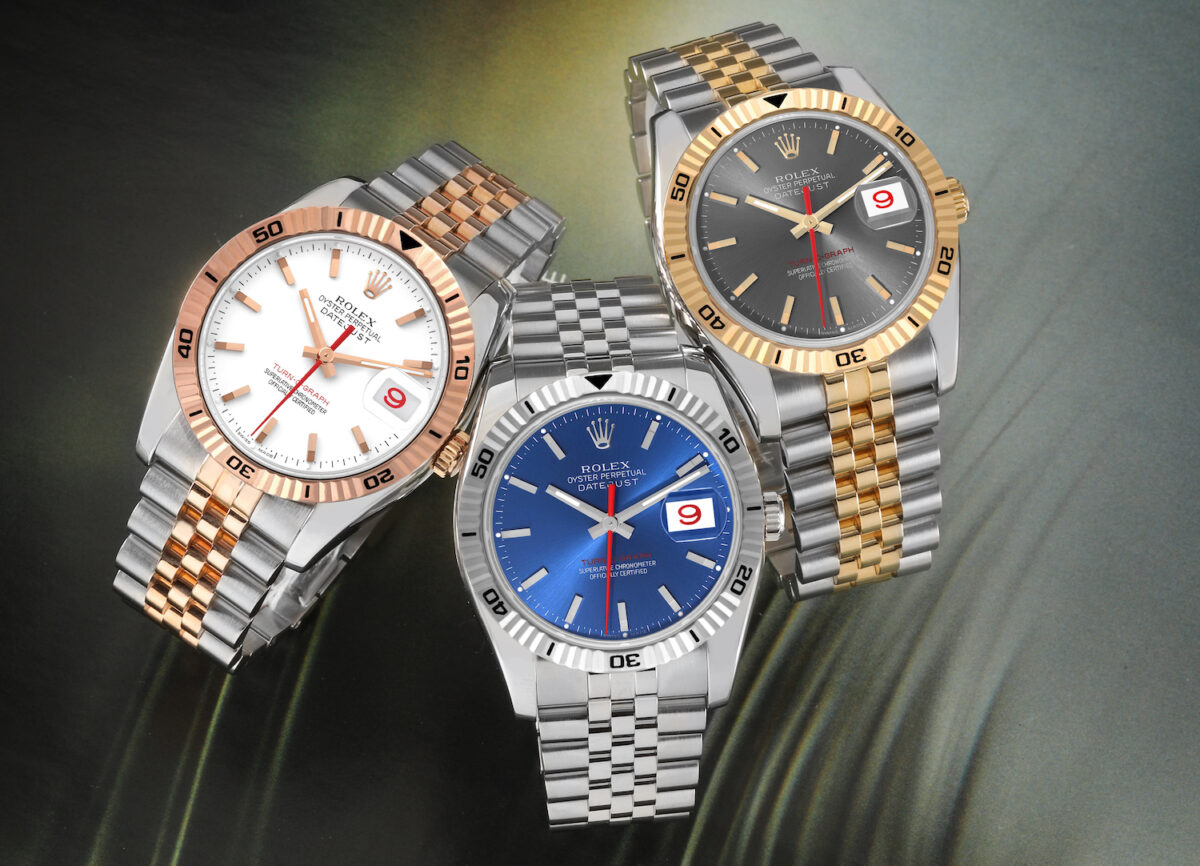
The Datejust: Launched in 1945, the Datejust was the first wristwatch to feature an automatically changing date on the dial. This feature added a new level of functionality to wristwatches, showcasing Rolex’s commitment to innovation.
The Day-Date: Introduced in 1956, the Day-Date went a step further by displaying the day of the week spelt out in full. This was yet another testament to Rolex’s innovative spirit and technical prowess.
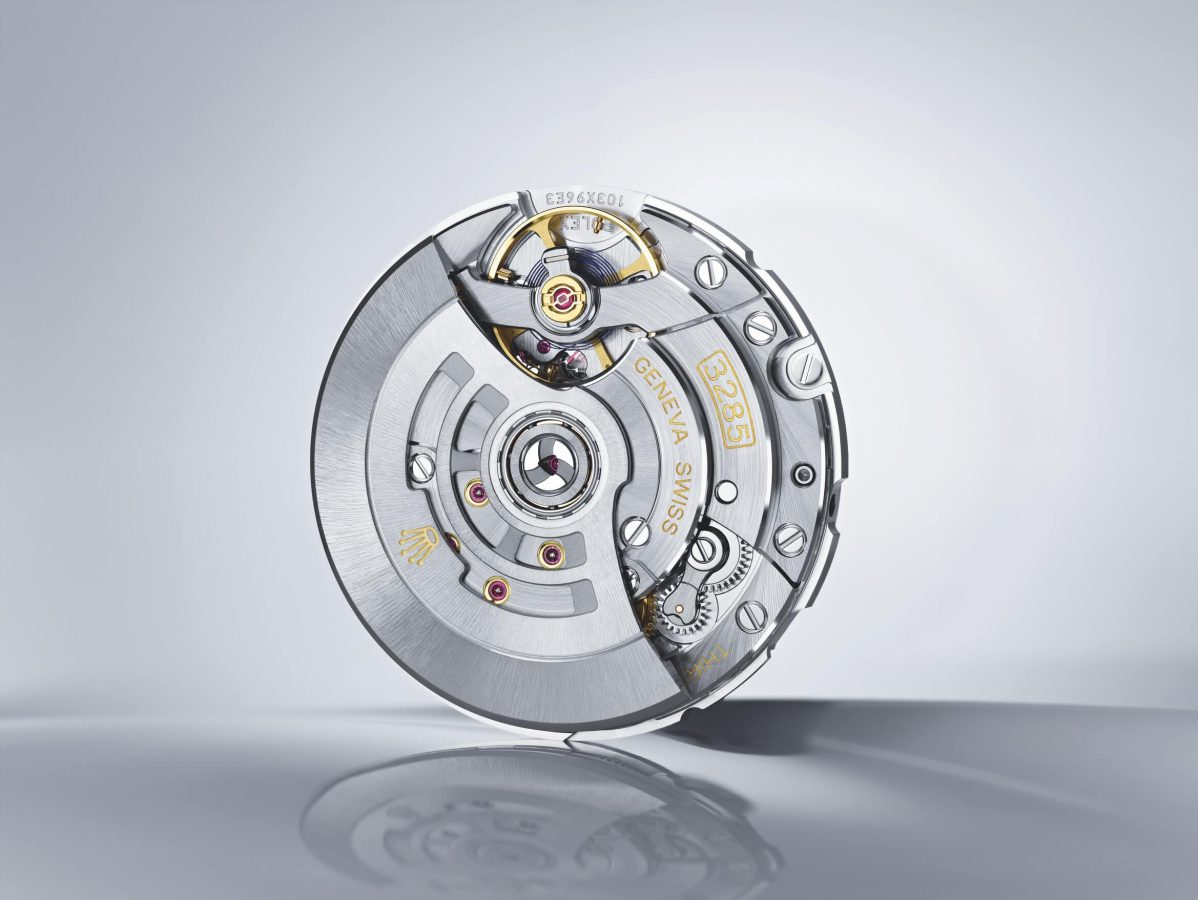
Glidelock Clasp: The introduction of the Glidelock clasp represents Rolex’s commitment to comfort and functionality. Patented by Rolex, the Glidelock clasp allows for fine adjustments of the bracelet length without the need for tools. This innovation is particularly useful in diving watches, like the Submariner and Sea-Dweller models, where a perfect fit over diving suits is crucial. The clasp allows for adjustments in 2mm increments, up to a total of 20mm, ensuring the watch remains secure and comfortable on the wrist in various conditions.
Chronergy Escapement: In a more technical advance, Rolex unveiled the Chronergy escapement within its 32XX series of movements. This innovation marks a significant upgrade from the traditional Swiss lever escapement by optimizing its geometry and efficiency. The escapement’s design features a skeletonized escape wheel and a re-engineered pallet fork, which together enhance the energy transmission by 15%. Moreover, the Chronergy escapement is made from nickel-phosphorous, making it virtually impervious to magnetic forces. This advancement contributes to the overall reliability and precision of Rolex watches.
<>
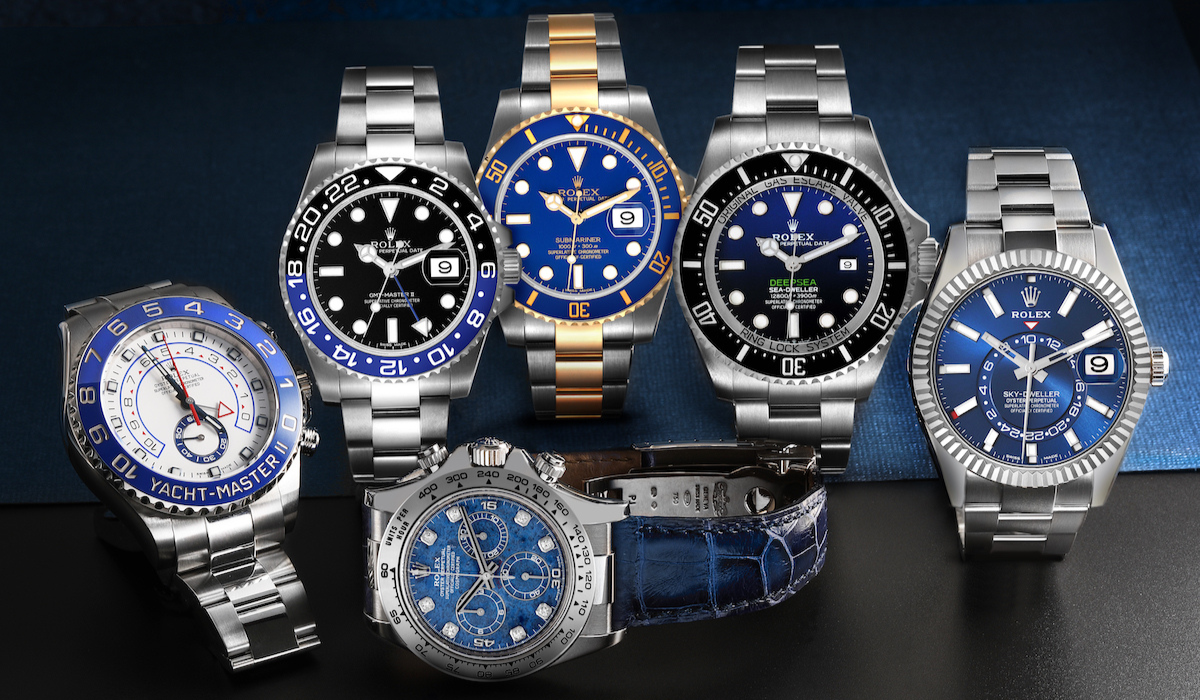
Brand Expansion and Global Impact
Wilsdorf’s vision extended beyond technical innovation; he was also a pioneer in branding and global expansion. He recognized early on the importance of a strong brand identity and employed strategies that were ahead of their time, such as celebrity endorsements and participation in expeditions. These strategies, coupled with Rolex’s commitment to quality and innovation, helped cement its status as a global luxury brand.
Under Wilsdorf’s guidance, Rolex achieved a reputation for excellence and became known for its design consistency, selective scarcity, and financial independence. These elements contributed to Rolex’s position as the most recognized luxury watch brand in the world, a testament to Wilsdorf’s foresight and leadership.
<>
Philanthropy and Legacy
<>
Following Hans Wilsdorf’s death in the 1960s, Rolex continued to thrive, adhering to the standards and vision he set. The company’s success allowed it to establish the Hans Wilsdorf Foundation, which ensures that a significant portion of Rolex’s profits are donated to philanthropic causes. This commitment to giving back is a crucial part of Wilsdorf’s legacy, reflecting his belief in the importance of contributing to society.
The post-Wilsdorf era at Rolex has seen the brand maintain its commitment to excellence, innovation, and philanthropy. The foundation’s work ensures that Rolex continues to contribute to a wide range of charitable causes, in line with Wilsdorf’s wishes.
<>
The Story of Hans Wilsdorf – Final Thoughts
Hans Wilsdorf’s journey from a passionate young man fascinated by the potential of wristwatches to the founder of the world’s most iconic watch brand is a testament to the power of vision, innovation, and perseverance. His contributions to watchmaking and his visionary approach to business and branding have left an indelible mark on the industry. Rolex, under the guidance of the Hans Wilsdorf Foundation, continues to embody the principles of its founder, demonstrating the timeless appeal and enduring legacy of Wilsdorf’s vision.
For those looking to explore the world of Rolex and perhaps own a piece of this storied brand, SwissWatchExpo offers a curated selection of Rolex timepieces, each embodying the innovation and excellence that Hans Wilsdorf championed throughout his life.
Explore our extensive selection of Rolex watches, among thousands of certified authentic, pre-owned timepieces from the world’s finest watch brands, at SwissWatchExpo.com.
<>

